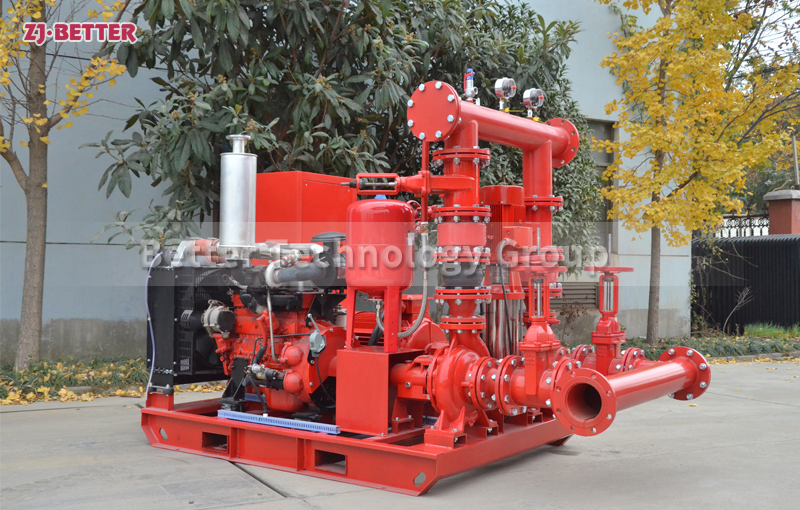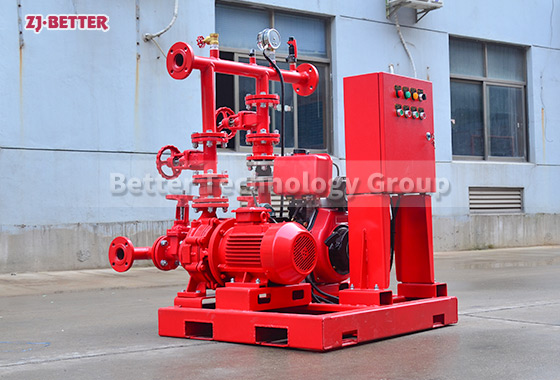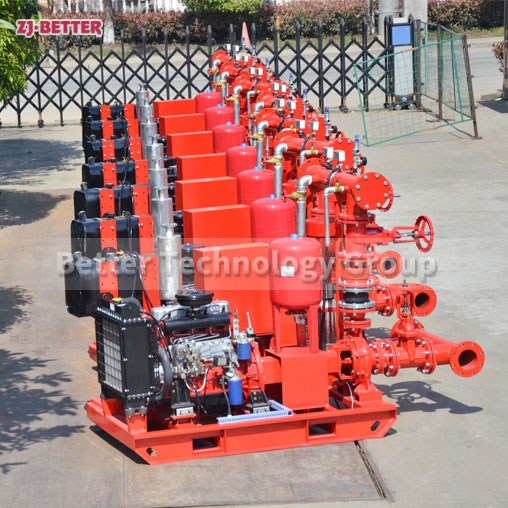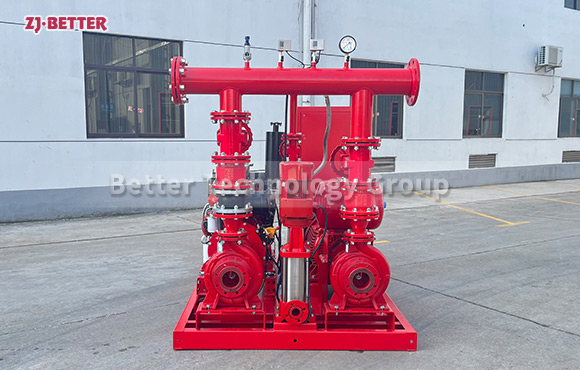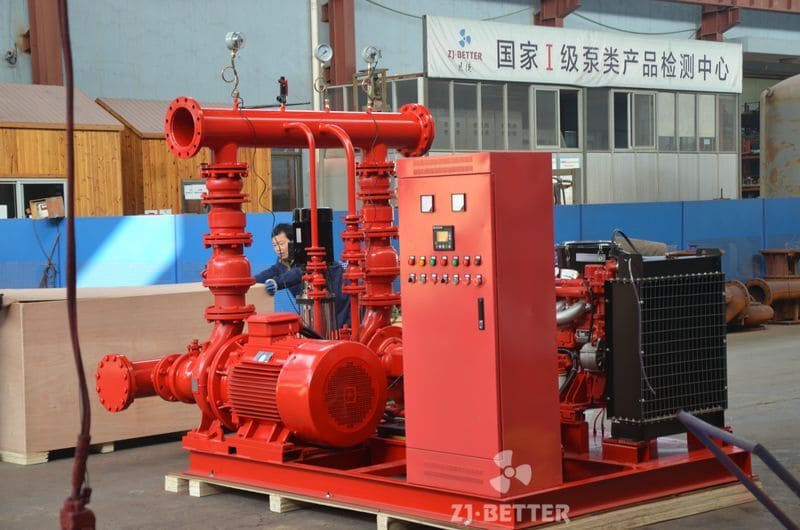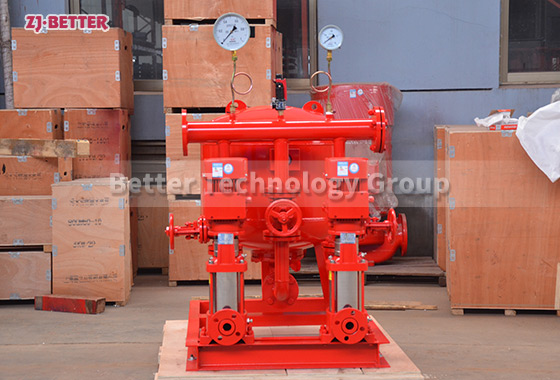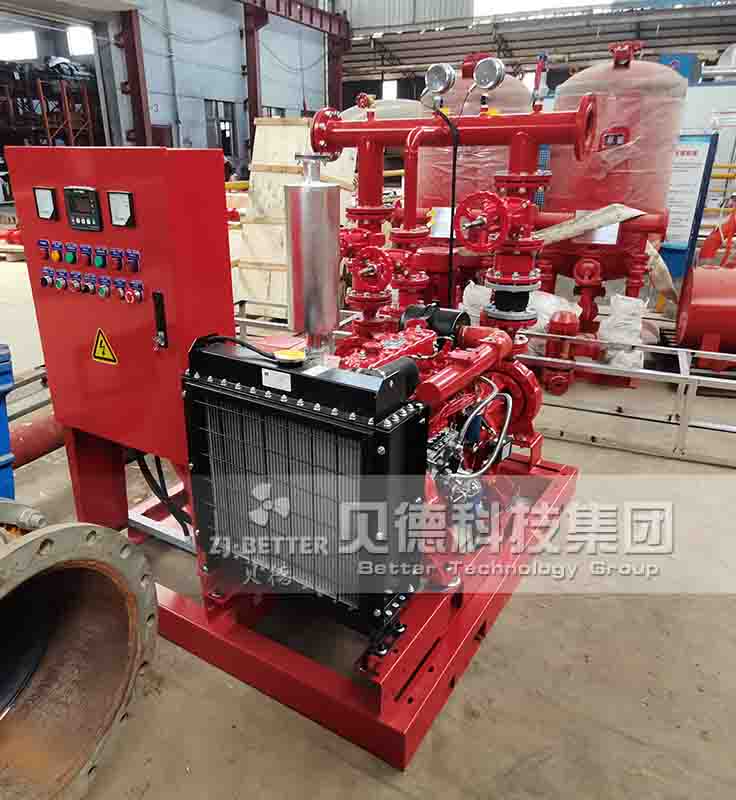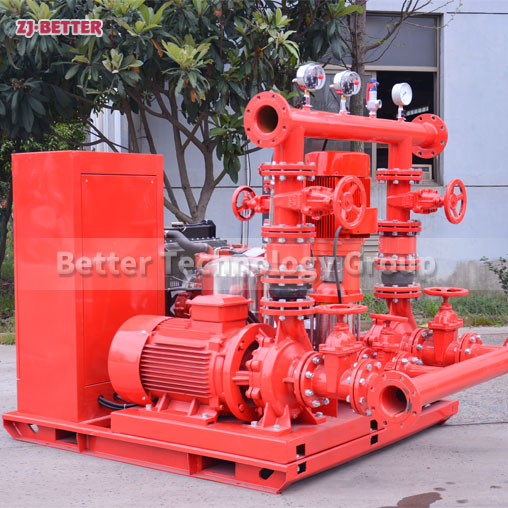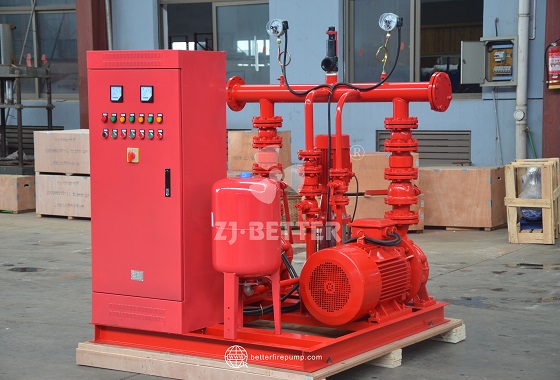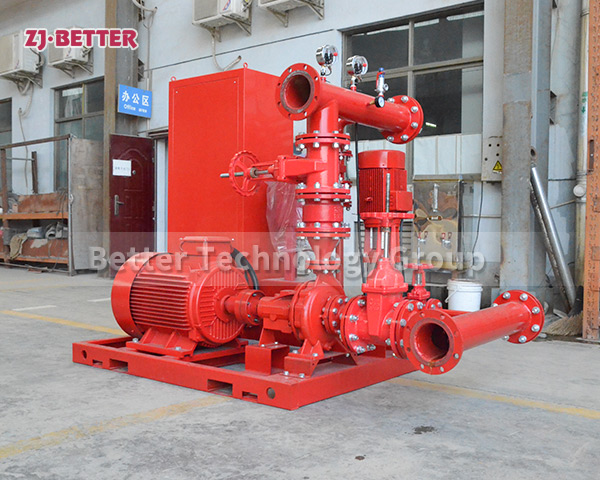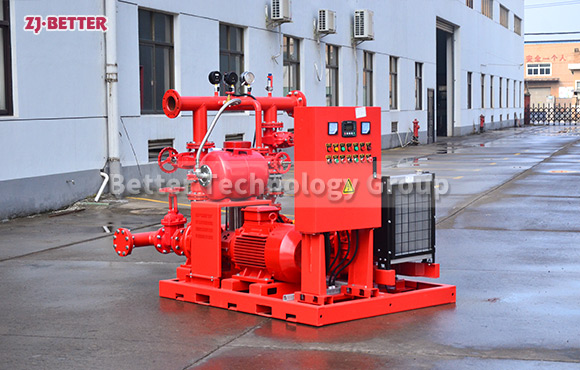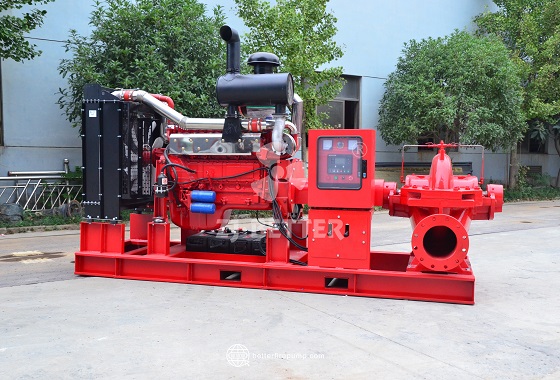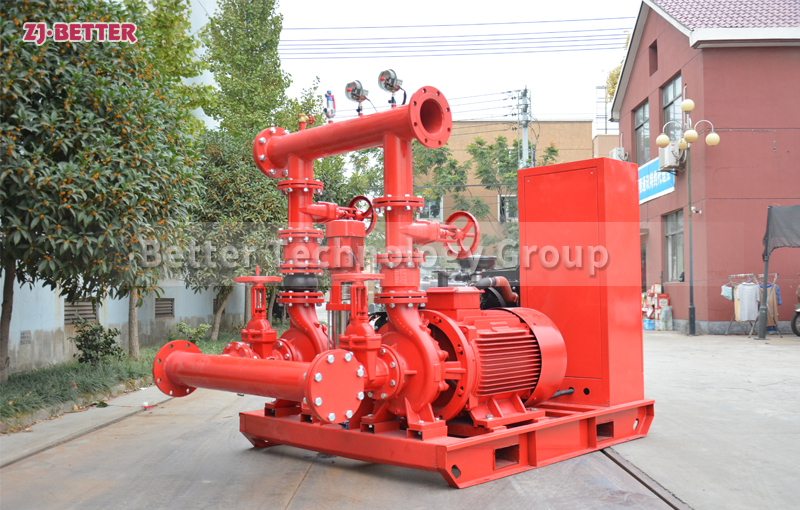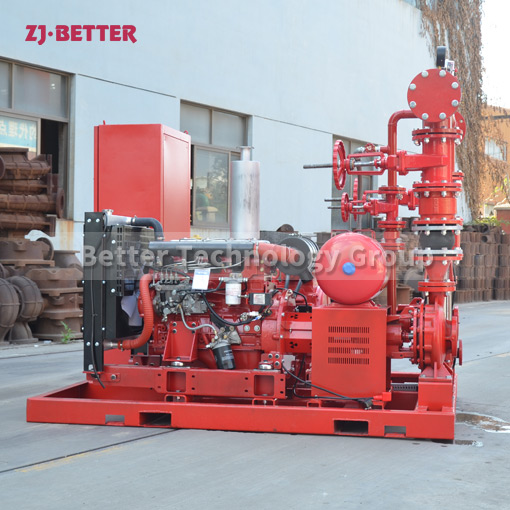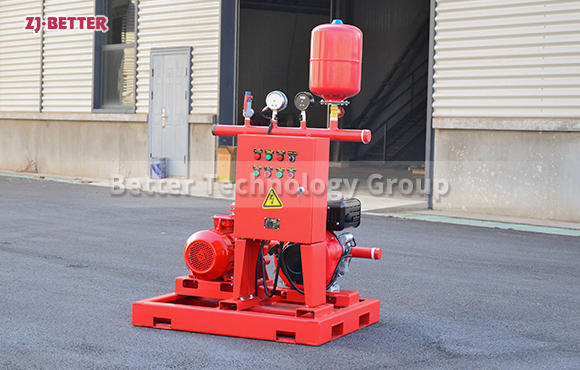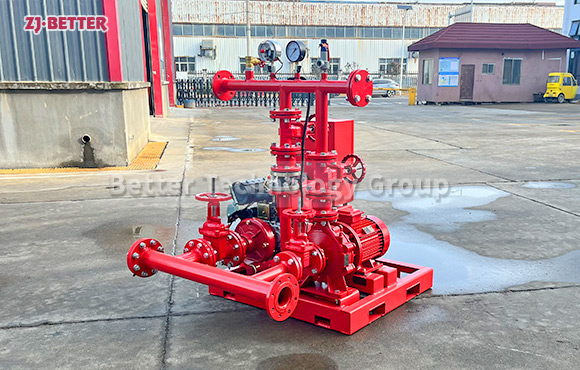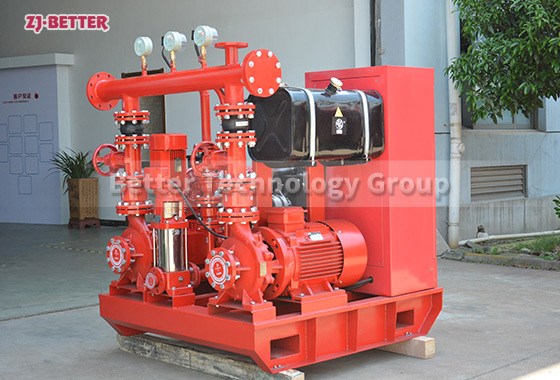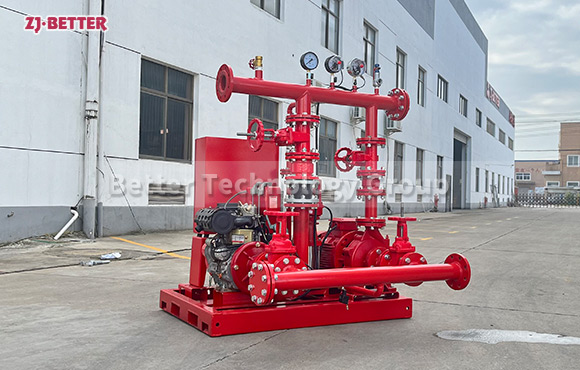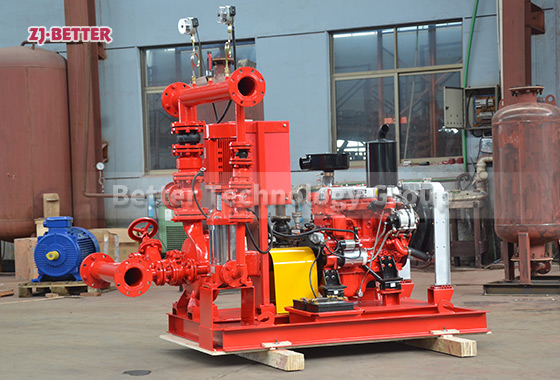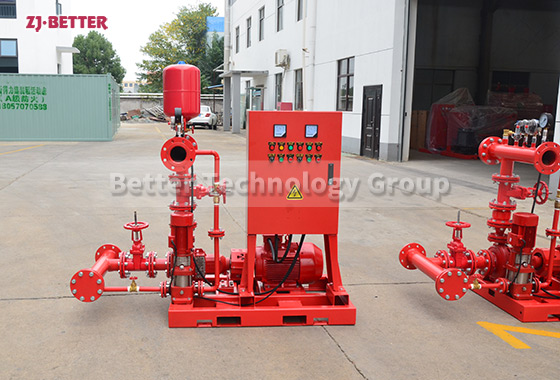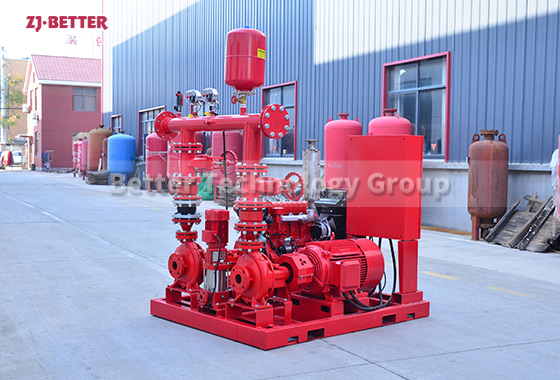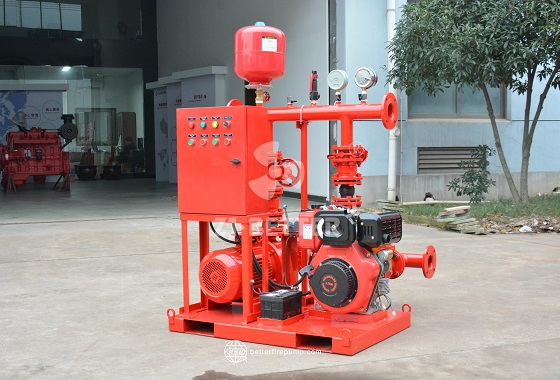Main control methods and applicable occasions of diesel engine fire pump
The diesel engine fire pump has the characteristics of good startability, strong overload capacity, compact structure, convenient maintenance, simple use, and high degree of automation. It is a fire-fighting equipment with reliable performance. It can completely meet the fire water supply in various occasions of warehouses, docks, airports, petrochemicals, power plants, liquefied gas stations, textiles and other industrial and mining enterprises.
Diesel engine fire pumps have been widely used in environmental protection, water treatment, fire protection and other departments to pump various liquids. They are ideal pumps for building non-leakage, non-pollution civilized workshops and civilized factories. Generally speaking, the main control methods of diesel engine fire pumps are as follows:
1. Manual control: The diesel engine fire pump is manually pressed on the controller panel button, and the operation process is automatically completed by the preset program. the
2. Automatic control: After the equipment receives fire/pipe network pressure or other automatic control signals, it responds to start/stop. the
3. Remote control: Remote monitoring, remote control, remote communication, and remote adjustment are realized by the computer through the communication network. the
4. Manual control: In the case of equipment maintenance or other special needs, it can be started and completed manually.

